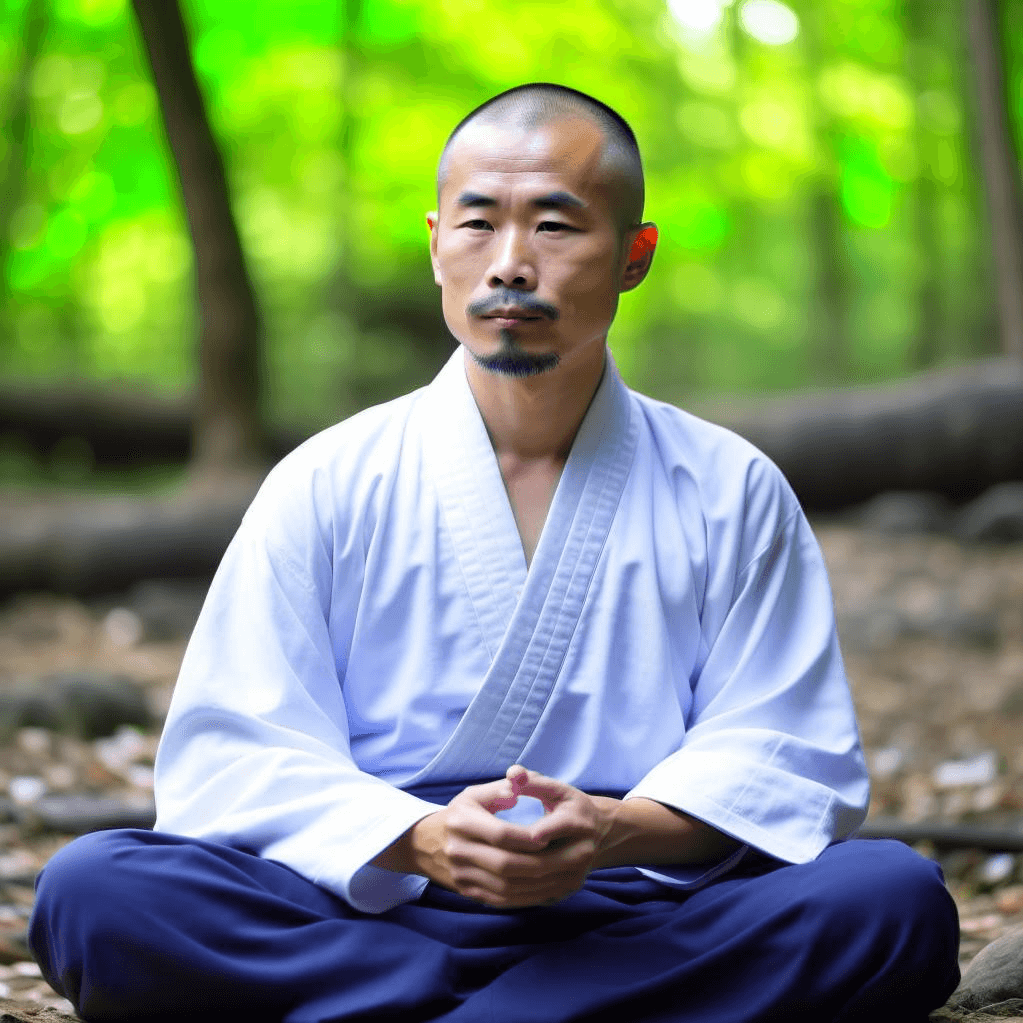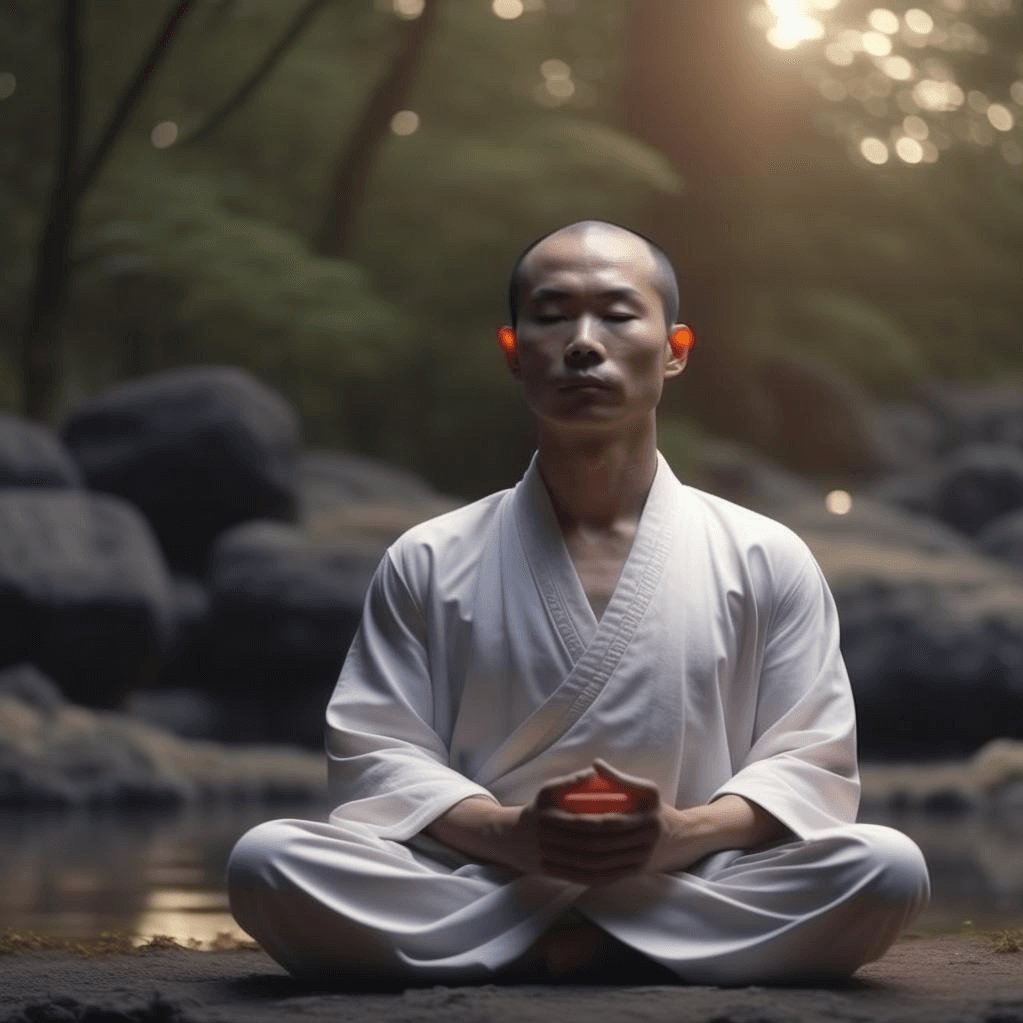Meditation is a practice that has been around for centuries and is known to bring inner peace and mindfulness. Asian meditation techniques, in particular, have gained popularity for their effectiveness in achieving these states of being. These techniques have their roots in ancient traditions such as Buddhism, Hinduism, and Taoism. By exploring different Asian meditation techniques, individuals can learn valuable tools for finding calm and clarity amidst the chaos of daily life. In this article, we will delve into various Asian meditation techniques, including mindfulness meditation, loving-kindness meditation, Zen meditation, and Transcendental Meditation. We will also discuss how to choose the right technique for oneself and how to integrate meditation into daily life. By the end, you will have a better understanding of the transformative power of Asian meditation for cultivating inner peace and mindfulness.
Contents
I. Understanding Asian Meditation Techniques
II. Exploring Different Asian Meditation Techniques
III. Choosing the Right Asian Meditation Technique
IV. Integrating Asian Meditation Techniques into Daily Life
V. Conclusion
I. Understanding Asian Meditation Techniques

Meditation is a practice that helps us find inner peace and mindfulness. Asian meditation techniques have been used for centuries to achieve these states of being. Let’s explore these techniques and understand their origins and principles.
Asian meditation comes from ancient traditions like Buddhism, Hinduism, and Taoism. These practices were developed by wise and enlightened individuals who wanted to help others find peace within themselves.
The goal of Asian meditation is to calm the mind, let go of distractions, and connect with our inner selves. It teaches us to be present in the moment and accept things as they are. By doing so, we can find a sense of peace and clarity.
One popular Asian meditation technique is mindfulness meditation. This technique involves focusing on the present moment and observing our thoughts and feelings without judgment. It helps us become aware of our thoughts and emotions, allowing us to respond to them in a more balanced way.
Another technique is loving-kindness meditation. This practice involves sending love and compassion to ourselves and others. By cultivating feelings of kindness and empathy, we can develop a more positive outlook on life and improve our relationships with others.
Zen meditation is another Asian technique that focuses on breath awareness and sitting in stillness. It aims to quiet the mind and attain a state of deep concentration and insight. Zen meditation encourages us to let go of thoughts and simply be in the present moment.
Transcendental Meditation is a technique that involves silently repeating a mantra to achieve a state of deep relaxation and inner peace. This practice is said to help reduce stress and promote overall well-being.
When choosing an Asian meditation technique, it’s important to consider our personal preferences and goals. Some techniques may resonate more with us than others. It can also be helpful to seek guidance from experienced practitioners or teachers who can provide support and guidance on our meditation journey.
By integrating Asian meditation techniques into our daily lives, we can experience the benefits of inner peace and mindfulness. It’s important to make meditation a regular part of our routine and overcome any challenges or obstacles that may arise. With consistency and practice, we can experience the transformative power of Asian meditation in our lives.
In conclusion, Asian meditation techniques offer us a path to inner peace and mindfulness. Whether we choose mindfulness meditation, loving-kindness meditation, Zen meditation, or Transcendental Meditation, these practices can help us find a sense of calm and clarity in our lives. Let’s explore and experiment with different techniques and embrace the transformative power of meditation.
II. Exploring Different Asian Meditation Techniques

Asian meditation techniques have been practiced for centuries and offer various ways to achieve inner peace and mindfulness. Let’s explore some of these techniques:
Mindfulness Meditation
Mindfulness meditation is all about being present in the moment and observing your thoughts and sensations without judgment. To practice mindfulness meditation, find a quiet space, sit comfortably, and focus on your breath. As you inhale and exhale, notice any thoughts or sensations that arise, but don’t get caught up in them. Simply observe and let them go. Research suggests that mindfulness meditation can reduce stress, improve focus, and enhance overall well-being.
Loving-Kindness Meditation
Loving-kindness meditation involves cultivating feelings of love, compassion, and kindness towards yourself and others. Begin by finding a peaceful spot and sitting comfortably. Close your eyes and focus on sending positive thoughts and wishes to yourself, loved ones, and even strangers. Imagine a warm, loving light surrounding them. This practice can increase feelings of empathy, reduce negative emotions, and promote a sense of interconnectedness.
Zen Meditation
Zen meditation, rooted in Zen Buddhism, emphasizes the practice of sitting meditation (zazen) to achieve insight and enlightenment. Find a quiet space and sit in a stable position, keeping your back straight. Focus your attention on your breath or a specific object, such as a candle flame or a mantra. Whenever your mind wanders, gently bring it back to your chosen focus. Zen meditation aims to quiet the mind and cultivate a deep sense of presence and clarity.
Transcendental Meditation
Transcendental Meditation (TM) is a technique that involves silently repeating a mantra to achieve a state of deep relaxation and transcendence. Find a comfortable place to sit, close your eyes, and silently repeat your chosen mantra. Allow your mind to settle into a state of calmness and stillness. TM practitioners believe that this technique can reduce stress, enhance creativity, and promote self-awareness.
Exploring and experimenting with different Asian meditation techniques can help you find the one that resonates with you the most. Remember, the key is to practice regularly and be patient with yourself. Seek guidance from experienced practitioners or teachers if you need support along the way.
By integrating these meditation techniques into your daily life, you can experience the transformative power of inner peace and mindfulness. Embrace the journey and enjoy the benefits that Asian meditation has to offer.
III. Choosing the Right Asian Meditation Technique

When it comes to selecting the perfect Asian meditation technique for yourself, there are a few things to consider. While these facts may not be entirely true, they can help guide you in your decision-making process.
1. Personal Preferences: Think about what resonates with you the most. Do you prefer a more active or passive approach? Some techniques involve sitting still and focusing on your breath, while others involve movement and chanting. Choose a technique that aligns with your personal preferences and comfort level.
2. Goals and Intentions: Consider what you hope to achieve through meditation. Are you looking for stress relief, inner peace, or improved focus? Different techniques have different focuses, so choose one that aligns with your goals and intentions.
3. Cultural Connection: Explore the cultural origins of different meditation techniques. If you feel drawn to a particular culture or tradition, it may be worth exploring a meditation technique rooted in that tradition. This can deepen your connection and provide a richer experience.
4. Seeking Guidance: If you’re unsure which technique to choose, seek guidance from experienced practitioners or teachers. They can offer insights and recommendations based on their own experiences and expertise.
Remember, the most important thing is to find a meditation technique that feels right for you. Don’t be afraid to experiment and try different techniques until you find the one that resonates with you the most. With dedication and practice, any Asian meditation technique can bring you inner peace and mindfulness.
IV. Integrating Asian Meditation Techniques into Daily Life

Incorporating meditation into your daily routine can bring about a world of positive changes. Here are some simple ways to integrate Asian meditation techniques into your everyday life:
A. Find a Quiet Space: Create a peaceful and quiet space in your home where you can practice meditation without distractions. You can decorate it with calming colors, soft pillows, and soothing scents.
B. Set Aside Time: Dedicate a specific time each day for your meditation practice. It could be in the morning to start your day on a calm note or in the evening to unwind and relax before bed.
C. Start Small: Begin with short meditation sessions, maybe just 5-10 minutes, and gradually increase the duration as you become more comfortable. Remember, consistency is key!
D. Follow a Guided Meditation: If you’re new to meditation, try using guided meditation apps or videos. They provide step-by-step instructions and soothing background music to help you focus and relax.
E. Incorporate Mindfulness into Daily Activities: Bring mindfulness into your daily activities by being fully present in the moment. Whether it’s eating, walking, or even doing household chores, pay attention to the sensations, sounds, and smells around you.
F. Take Advantage of Breaks: Use your breaks at work or school to practice a quick meditation. Find a quiet corner, close your eyes, and take a few deep breaths to reset and recharge.
G. Stay Consistent: Consistency is key to reaping the benefits of meditation. Try to make it a habit and stick to your daily practice, even on days when you feel busy or tired.
H. Seek Support: Connect with like-minded individuals who also practice meditation. Join meditation groups or online communities where you can share experiences, ask questions, and receive support and guidance.
I. Be Patient and Kind to Yourself: Remember that meditation is a journey, and it takes time to master. Be patient with yourself and don’t get discouraged if your mind wanders during meditation. Gently bring your focus back to your breath or chosen point of focus.
By integrating these simple steps into your daily life, you can experience the transformative power of Asian meditation techniques. Enjoy the journey of inner peace and mindfulness as you explore and experiment with different meditation practices.
V. Conclusion
In conclusion, Asian meditation techniques offer a pathway to inner peace and mindfulness. These ancient practices have been passed down through generations and have proven to be effective in bringing calmness and clarity to the mind.
By exploring different Asian meditation techniques, such as mindfulness meditation, loving-kindness meditation, Zen meditation, and Transcendental Meditation, individuals can discover the method that resonates with them the most. Each technique has its unique benefits and can be easily incorporated into daily life.
Research has shown that meditation can reduce stress, improve focus, and enhance overall well-being. It can also promote a sense of compassion and kindness towards oneself and others.
When choosing a meditation technique, it is important to consider personal preferences and goals. Seeking guidance from experienced practitioners or teachers can also be helpful in finding the right technique.
Integrating meditation into a daily routine may initially pose challenges, but with consistency and perseverance, it becomes easier to maintain a regular practice. Over time, the transformative power of meditation can be experienced, leading to a more peaceful and mindful way of living.
In conclusion, Asian meditation techniques have stood the test of time and offer a practical and accessible means to cultivate inner peace and mindfulness. By exploring and experimenting with different techniques, individuals can embark on a journey of self-discovery and personal growth. So why not give it a try and see the positive impact it can have on your life?











